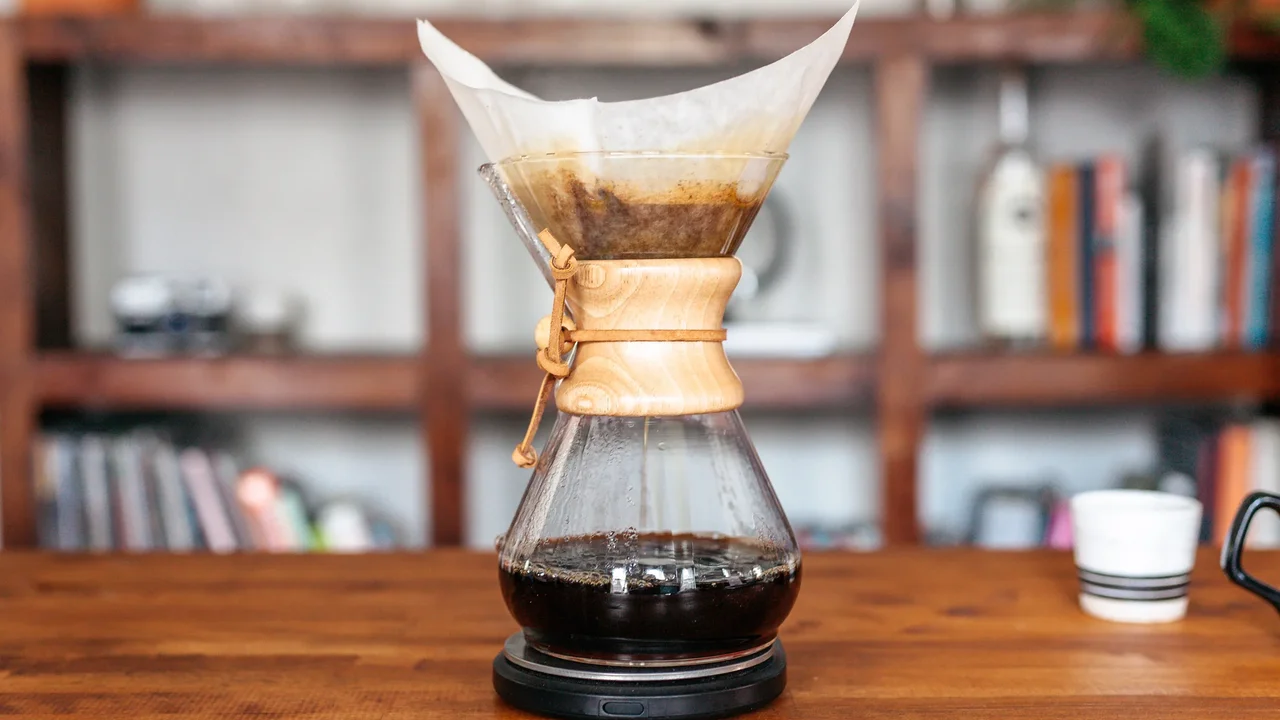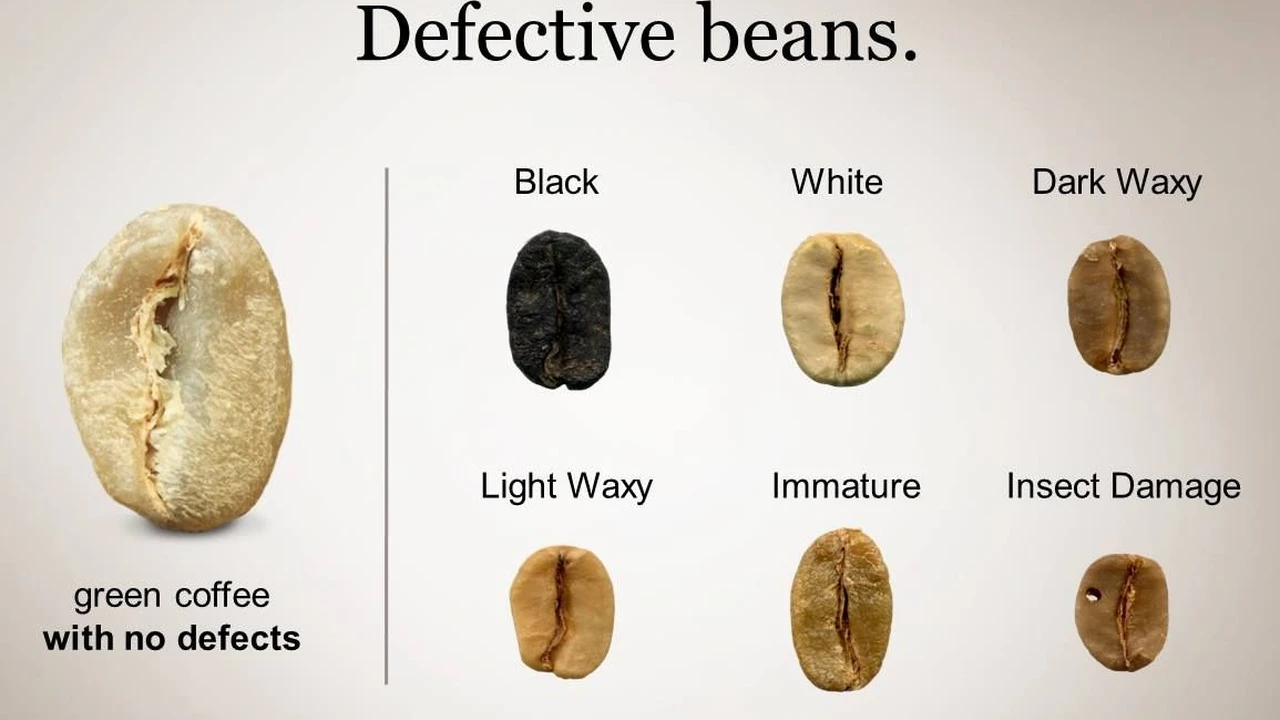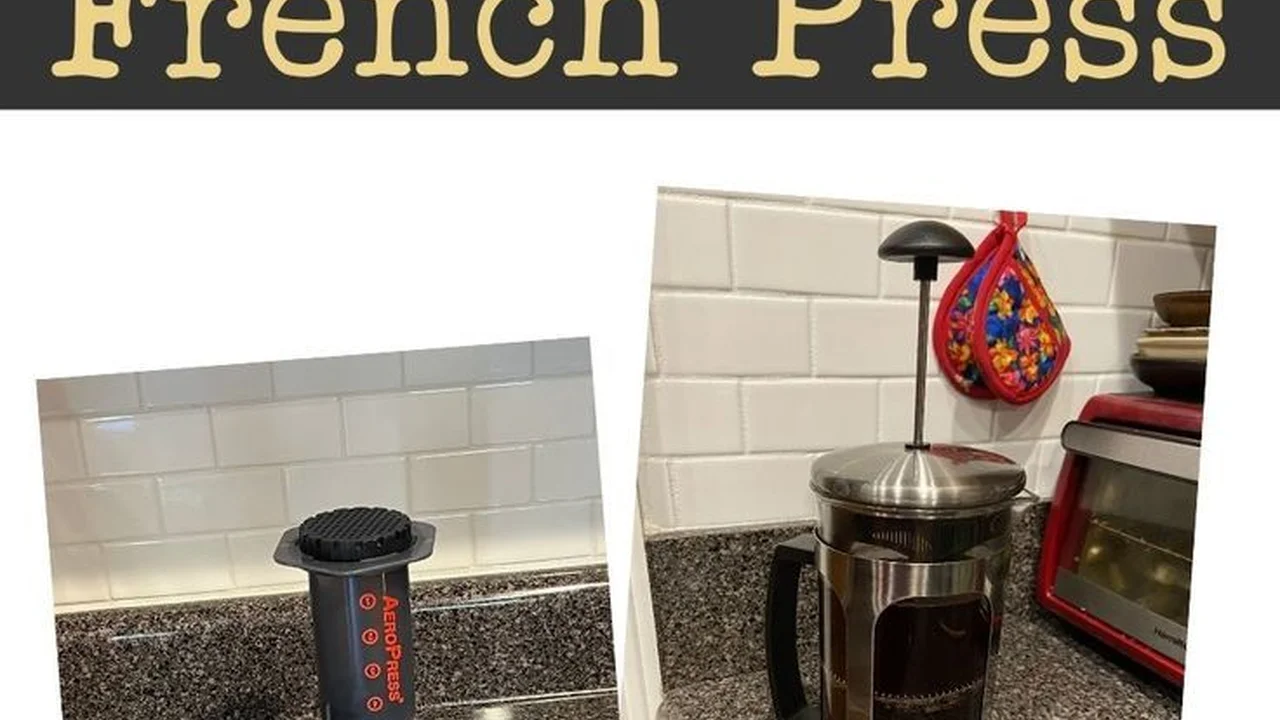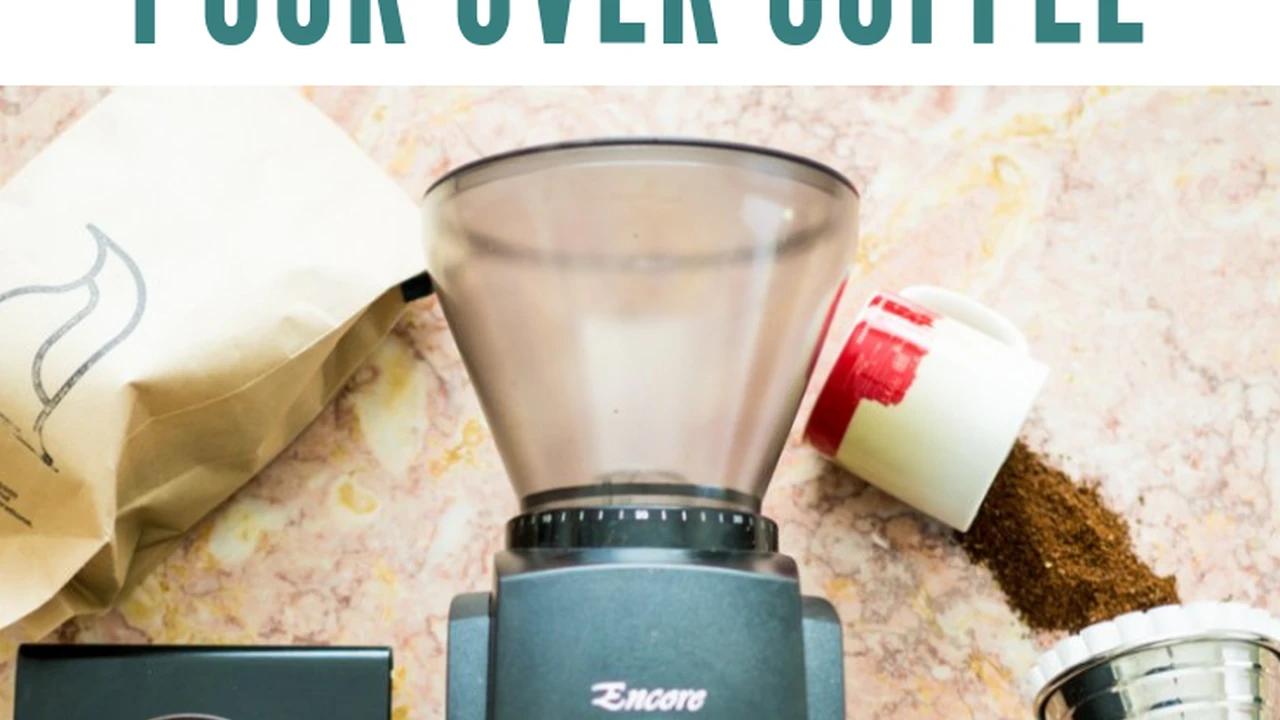Choosing Between Single and Dual Boiler Espresso Machines
Understand the differences between single and dual boiler espresso machines. Decide which system is best for your brewing habits.
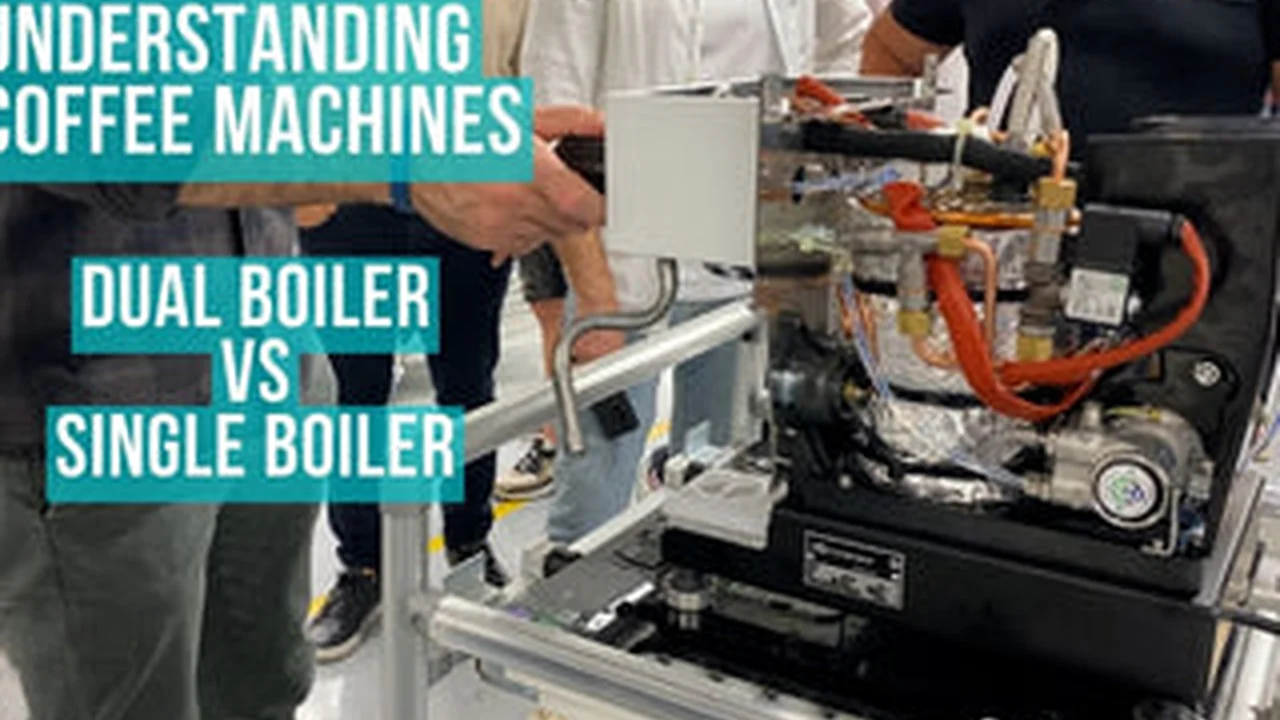
Choosing Between Single and Dual Boiler Espresso Machines
Hey coffee lovers! If you're diving deep into the world of home espresso, you've probably come across terms like 'single boiler' and 'dual boiler' when looking at machines. It can be a bit confusing at first, but understanding the core differences between these two types of espresso machines is crucial for making the right choice for your brewing style and budget. Let's break it down, explore some popular models, and help you figure out which system will elevate your home barista game.
Single Boiler Espresso Machines Understanding the Basics
A single boiler espresso machine, as the name suggests, uses one boiler for both brewing espresso and steaming milk. This means the machine has to perform a bit of a temperature dance. When you want to brew espresso, the boiler heats up to the ideal brewing temperature (around 90-96°C or 195-205°F). After you've pulled your shot, if you want to steam milk, the machine needs to heat up to a much higher temperature (around 120-130°C or 250-265°F) to produce steam. This process is often called 'surfing' or 'temperature surfing'.
Pros of Single Boiler Espresso Machines for Home Baristas
- Cost-Effective Espresso Machine Options: Generally, single boiler machines are more affordable than their dual boiler counterparts. This makes them a great entry point for aspiring home baristas who want to make genuine espresso without breaking the bank.
- Compact Espresso Machine Design: With only one boiler, these machines tend to be smaller and take up less counter space, which is a big plus for smaller kitchens or limited areas.
- Simplicity for Espresso Brewing: While there's a learning curve for temperature surfing, the overall operation can be simpler once you get the hang of it.
Cons of Single Boiler Espresso Machines and Workflow Challenges
- Temperature Surfing for Espresso and Steam: The biggest drawback is the waiting time between brewing and steaming. You have to wait for the boiler to heat up for steaming, and then cool down again if you want to pull another shot. This can be frustrating if you're making multiple milk-based drinks.
- Inconsistent Temperature for Espresso Shots: Maintaining a precise and stable brewing temperature can be challenging, especially for back-to-back shots, which can impact the consistency of your espresso.
- Slower Workflow for Milk Drinks: If you're a latte or cappuccino lover, the single boiler workflow can feel slow and interruptive.
Recommended Single Boiler Espresso Machines for Beginners and Budget Conscious Buyers
Gaggia Classic Pro Espresso Machine Review
The Gaggia Classic Pro is a legendary single boiler machine, often recommended as a fantastic entry-level option. It's known for its robust build quality, powerful steam wand, and ability to produce excellent espresso once mastered. It features a commercial-style steam wand, which is a huge upgrade from older Gaggia models and allows for decent latte art practice. The 58mm portafilter is also a standard size, giving you access to a wide range of accessories.
- Price Range: Typically around $450 - $550 USD.
- Ideal User: Someone who is serious about learning espresso, doesn't mind a bit of a learning curve, and primarily makes one or two milk drinks at a time. It's also a popular machine for modding (e.g., adding a PID controller for better temperature stability).
- Key Features: Commercial-style steam wand, 58mm portafilter, three-way solenoid valve, brushed stainless steel housing.
- User Experience: Requires patience to master temperature surfing for optimal results, but rewards with high-quality espresso and steam.
DeLonghi Dedica Arte Espresso Machine Comparison
The DeLonghi Dedica Arte is another popular compact single boiler machine. It's known for its sleek design and quick heat-up time. While it's not as powerful as the Gaggia Classic Pro, it's a great option for those with limited space or who want a more automated experience. It comes with a manual milk frother, which can be a bit trickier to get microfoam with compared to a commercial wand, but it's certainly capable.
- Price Range: Around $250 - $350 USD.
- Ideal User: Beginners looking for a compact, easy-to-use machine for occasional espresso and milk drinks. Great for small apartments or offices.
- Key Features: Thermoblock heating system for fast heat-up, 15-bar pump, manual milk frother, slim design.
- User Experience: Simpler to operate than the Gaggia, but less control over brewing parameters. Good for convenience.
Dual Boiler Espresso Machines The Ultimate Home Barista Setup
Dual boiler espresso machines are a game-changer for home baristas who prioritize efficiency and consistency. These machines feature two independent boilers: one dedicated to brewing espresso and maintaining a stable brewing temperature, and another dedicated to producing steam at a higher temperature. This means you can brew espresso and steam milk simultaneously, without any waiting time or temperature fluctuations.
Pros of Dual Boiler Espresso Machines for Advanced Brewing
- Simultaneous Brewing and Steaming for Efficiency: This is the biggest advantage. You can pull your espresso shot and steam your milk at the exact same time, significantly speeding up your workflow, especially when making multiple drinks.
- Superior Temperature Stability for Espresso Quality: With a dedicated brew boiler, these machines offer much greater temperature stability, leading to more consistent and higher-quality espresso shots. Many also include PID controllers for precise temperature adjustments.
- Powerful and Consistent Steam for Latte Art: The dedicated steam boiler ensures a constant supply of powerful, dry steam, making it much easier to create silky microfoam for latte art.
- Enhanced Control for Espresso Extraction: Often come with more advanced features like pre-infusion, pressure gauges, and PID temperature control, giving you more command over your extraction.
Cons of Dual Boiler Espresso Machines and Investment Considerations
- Higher Price Point for Premium Features: Dual boiler machines are significantly more expensive than single boiler models. This is a serious investment for a home setup.
- Larger Footprint for Home Kitchens: With two boilers, these machines are generally larger and heavier, requiring more counter space.
- Longer Heat-Up Time for Initial Use: While they offer simultaneous operation, the initial heat-up time for two boilers can be longer than for a single boiler.
Recommended Dual Boiler Espresso Machines for Serious Home Baristas
Breville Dual Boiler BES920XL Espresso Machine Review
The Breville Dual Boiler is a highly popular and well-regarded machine that offers incredible value for its price point. It's packed with features typically found on much more expensive commercial machines, including dual stainless steel boilers, a PID controller for precise temperature stability, and an over-pressure valve (OPV) for optimal extraction pressure. It also has a heated group head for thermal stability and a shot timer.
- Price Range: Typically around $1,200 - $1,600 USD.
- Ideal User: Enthusiastic home baristas who want cafe-quality espresso and milk drinks, value efficiency, and are willing to invest in a feature-rich machine. Great for entertaining or making multiple drinks daily.
- Key Features: Dual stainless steel boilers, PID temperature control, over-pressure valve, pre-infusion, heated group head, shot timer, hot water spout.
- User Experience: Relatively easy to use for a dual boiler, with intuitive controls and excellent performance for both espresso and steaming.
Rancilio Silvia Pro X Espresso Machine Comparison
The Rancilio Silvia Pro X is an evolution of the classic Rancilio Silvia, now with dual boilers and a PID. It combines the legendary durability and commercial-grade components of the Silvia with the modern convenience and precision of dual boilers. It's a robust machine built to last, offering excellent temperature stability and powerful steam. The 'X' version adds a pressure gauge and a soft pre-infusion feature.
- Price Range: Around $1,700 - $2,000 USD.
- Ideal User: Home baristas who appreciate commercial-grade build quality, precise control, and a machine that will last for many years. It's a step up in terms of investment and performance from the Breville Dual Boiler.
- Key Features: Dual PID-controlled boilers, commercial-grade group head, powerful steam wand, pressure gauge, soft pre-infusion.
- User Experience: A more manual and hands-on experience than the Breville, but offers exceptional control and consistency for those who know how to use it.
Lelit Bianca V3 Espresso Machine Review for Advanced Users
The Lelit Bianca V3 is a prosumer dual boiler machine that offers an incredible level of control, particularly with its paddle for flow profiling. This allows you to manually control the water flow during extraction, opening up a world of possibilities for experimenting with different flavor profiles. It's a beautiful machine with high-quality components and is designed for the serious enthusiast who wants to push the boundaries of home espresso.
- Price Range: Typically around $2,800 - $3,200 USD.
- Ideal User: Experienced home baristas and coffee enthusiasts who want ultimate control over their espresso extraction, enjoy experimenting with flow profiling, and are looking for a high-end, durable machine.
- Key Features: Dual PID-controlled boilers, E61 group head with flow profiling paddle, silent rotary pump (can be plumbed in), wooden accents, shot timer.
- User Experience: Offers unparalleled control and customization, but requires a deeper understanding of espresso mechanics to fully utilize its features.
Single Boiler vs Dual Boiler Espresso Machine Which is Right for Your Coffee Habits
The choice between a single and dual boiler machine really boils down to your personal brewing habits, budget, and how much you value efficiency and consistency.
Consider a Single Boiler Espresso Machine If
- You primarily drink straight espresso or Americanos.
- You only make one or two milk-based drinks at a time and don't mind waiting a minute or two between brewing and steaming.
- Your budget is under $600-$700.
- You have limited counter space.
- You enjoy the hands-on process and don't mind a bit of a learning curve with temperature surfing.
Opt for a Dual Boiler Espresso Machine If
- You frequently make milk-based drinks like lattes and cappuccinos, especially for multiple people.
- You prioritize speed and efficiency in your morning routine.
- You want the highest level of temperature stability and consistency for your espresso shots.
- Your budget allows for an investment of $1,000 or more.
- You have ample counter space.
- You're a serious coffee enthusiast who wants maximum control and cafe-quality results at home.
Beyond the Boilers Important Espresso Machine Features to Consider
While the boiler system is a major differentiator, there are other features that contribute to the overall performance and user experience of an espresso machine. Keep these in mind as you make your decision:
PID Controller for Temperature Precision
A PID (Proportional-Integral-Derivative) controller is an electronic system that precisely regulates the temperature of the boiler. This is crucial for consistent espresso extraction, as even small temperature fluctuations can impact flavor. Many dual boiler machines come with PIDs, and some single boiler machines (like the Gaggia Classic Pro) can be modded to include one.
Pump Type Vibratory vs Rotary Pumps
Espresso machines typically use either vibratory or rotary pumps. Vibratory pumps are more common in home machines due to their lower cost and smaller size. They are louder but generally reliable. Rotary pumps are found in higher-end prosumer and commercial machines. They are much quieter, more durable, and can be plumbed directly into a water line, offering continuous water supply without refilling a reservoir.
Group Head Design E61 and Saturated Group Heads
The group head is where the water meets the coffee. Different designs offer varying levels of thermal stability. The E61 group head, common on many prosumer machines, is a heavy, thermally stable brass group that helps maintain consistent brewing temperature. Saturated group heads, often found on commercial machines and some high-end home models, integrate the group head directly into the boiler for maximum thermal stability.
Pre-Infusion for Enhanced Extraction
Pre-infusion is the process of gently saturating the coffee puck with low-pressure water before applying full brewing pressure. This helps to evenly wet the coffee grounds, reduce channeling, and promote a more uniform extraction, leading to a richer and more balanced espresso shot. Many dual boiler machines offer programmable pre-infusion.
Steam Wand Power and Usability
For milk-based drinks, a powerful and well-designed steam wand is essential. Look for a commercial-style, multi-hole steam tip that allows you to create silky microfoam for latte art. Dual boiler machines generally excel in this area due to their dedicated steam boiler.
Water Reservoir Size and Plumb-In Option
Consider the size of the water reservoir, especially if you make many drinks. Some higher-end machines offer the option to plumb the machine directly into your home's water line, eliminating the need to refill the reservoir.
Integrated Grinder Convenience vs Performance
Some entry-level machines come with integrated grinders. While convenient, these grinders often don't offer the precision and consistency needed for high-quality espresso. For serious espresso, a dedicated, high-quality burr grinder is almost always recommended, regardless of your espresso machine choice.
Making Your Final Decision on an Espresso Machine
Ultimately, the best espresso machine for you depends on your personal preferences and priorities. If you're just starting out, enjoy black coffee, or have a tight budget, a single boiler machine like the Gaggia Classic Pro can be an excellent choice to learn the ropes. It offers a fantastic entry point into the world of home espresso and can be a rewarding machine to master.
However, if you're a dedicated latte or cappuccino drinker, frequently entertain, or simply demand the highest level of consistency and efficiency from your machine, investing in a dual boiler model like the Breville Dual Boiler or Rancilio Silvia Pro X will significantly enhance your home barista experience. The ability to brew and steam simultaneously is a game-changer for workflow, and the superior temperature stability will lead to more consistently delicious espresso shots.
Remember, a great espresso machine is only one part of the equation. A high-quality burr grinder is equally, if not more, important for producing excellent espresso. Invest wisely in both, and you'll be well on your way to enjoying cafe-quality coffee in the comfort of your own home.
Happy brewing!
:max_bytes(150000):strip_icc()/277019-baked-pork-chops-with-cream-of-mushroom-soup-DDMFS-beauty-4x3-BG-7505-5762b731cf30447d9cbbbbbf387beafa.jpg)



